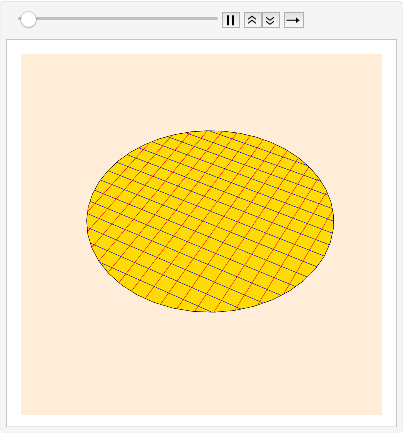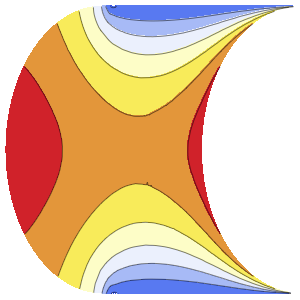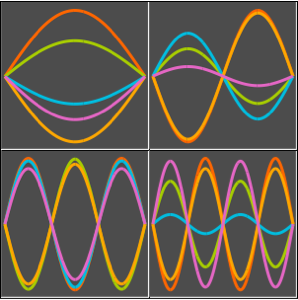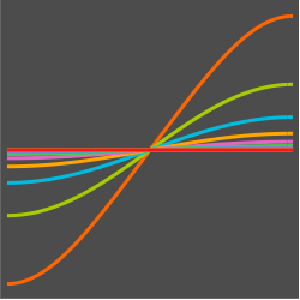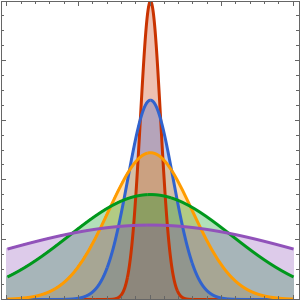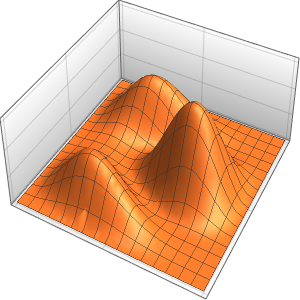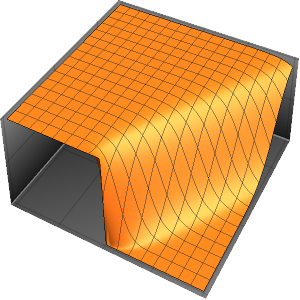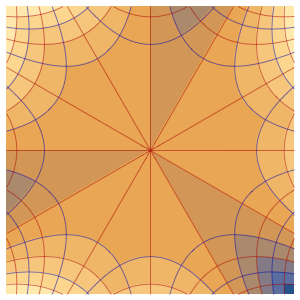Generate Oscillations in a Circular Membrane
Model the oscillations of a circular membrane of radius 1 using the wave equation in 2D.
In[1]:=
eqn = r D[u[r, t], {t, 2}] == D[r D[u[r, t], r], r];Specify that the boundary of the membrane remain fixed.
In[2]:=
bc = u[1, t] == 0;Initial condition for the problem.
In[3]:=
ic = {u[r, 0] == 0, Derivative[0, 1][u][r, 0] == 1};Obtain a solution in terms of Bessel functions, using DSolve.
In[4]:=
(dsol = DSolve[{eqn, bc, ic}, u[r, t], {r, t}]) // TraditionalFormOut[4]//TraditionalForm=
Extract a finite number of terms from the Inactive sum.
In[5]:=
h[r_, t_] =
u[r, t] /. dsol[[1]] /. {\[Infinity] -> 3} // Activate // N;The lowest mode has a period of approximately 2.612.
In[6]:=
N[(2 \[Pi])/BesselJZero[0, 1]]Out[6]=
Visualize the oscillations of the membrane over four periods.
In[7]:=

ListAnimate[
Table[Plot3D[
Evaluate[h[r, t] /. {r -> Sqrt[x^2 + y^2]}], {x, y} \[Element]
Disk[], PlotRange -> {-1, 1}, Ticks -> None, Mesh -> True,
MeshStyle -> {Red, Blue}, PlotStyle -> Yellow, Boxed -> False,
Axes -> False, ImageSize -> Medium, AspectRatio -> 1,
Background -> Lighter[Orange, 0.85]], {t, 0, 10.45, 0.05}]]